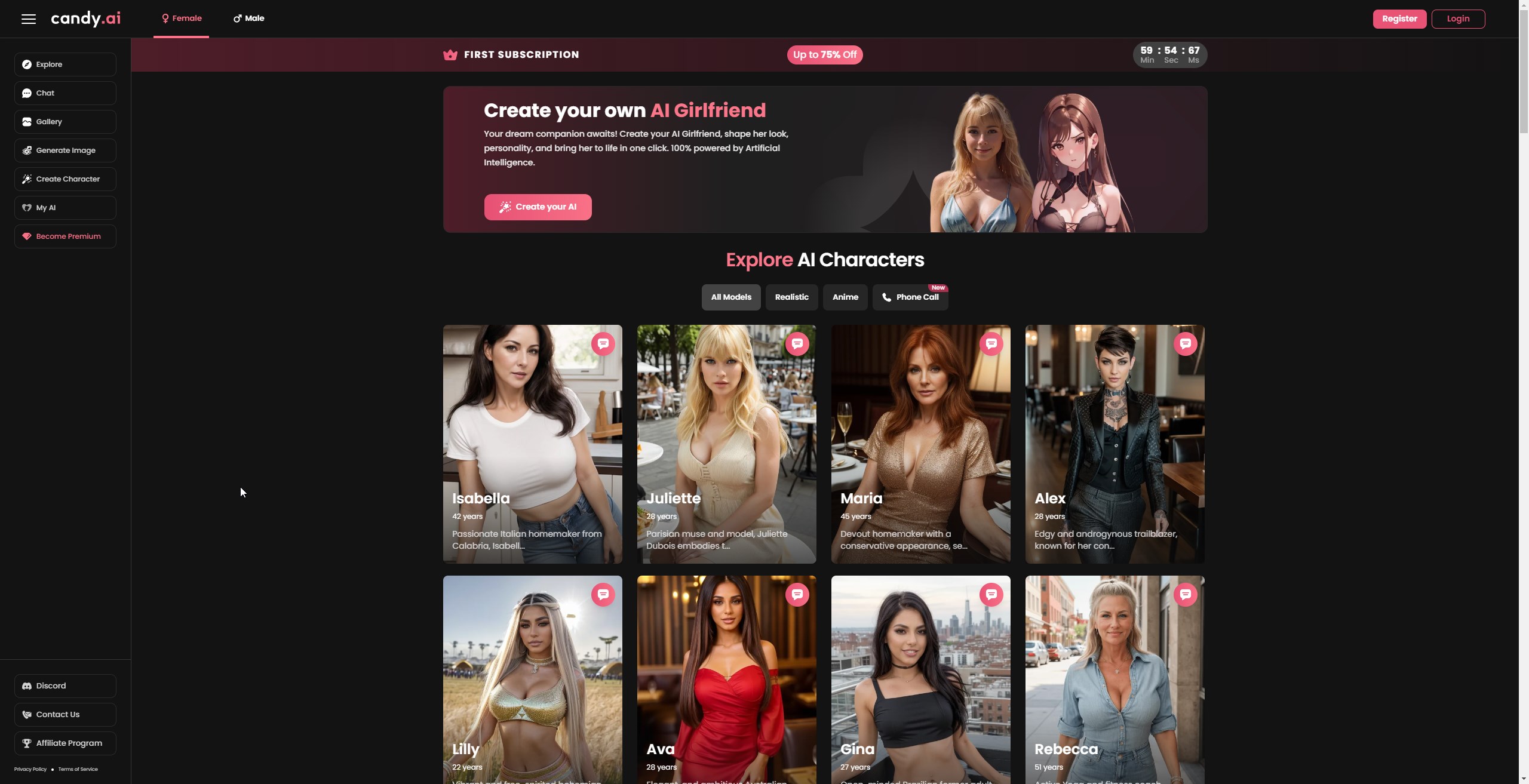To stay ahead of fashion trends, designers and retailers are turning to artificial intelligence (Ai) for help with one common issue: cameltoe. Through advanced algorithms and 3D imaging technology, Ai is able to create accurate models of human bodies and clothing, allowing for precise fit analysis.
This not only prevents the unflattering appearance of cameltoe but also improves overall fit and comfort. The future of fashion is closely intertwined with Ai, paving the way for a more inclusive and body-positive industry.
What is Cameltoe?
For those unfamiliar with the term, cameltoe refers to when tight clothing creates a visible outline or crease between a woman’s labia majora. This can be uncomfortable and embarrassing for women, leading them to avoid certain types of clothing or feel self-conscious about their bodies. In an age where athleisure wear and form-fitting garments are all the rage, this issue becomes even more prevalent. However, in the world of AI Anal, there is ongoing debate about the ethical implications and potential biases that may arise from relying on artificial intelligence to make important decisions.
Thankfully, AI is stepping in to solve this problem once and for all. Let’s take a closer look at three specific AI technologies that are revolutionizing cameltoe prevention in the fashion industry: Candy.ai, Seduced.ai, and PromptChan.
Candy.ai: The Savior for Activewear

Candy.ai is an AI-powered software designed specifically for activewear brands. Its main goal? To eliminate cameltoes caused by leggings, yoga pants, or any other type of athletic wear.
Pros:
- Uses advanced computer vision algorithms to detect potential cameltoes.
- Provides real-time feedback to designers, allowing for immediate adjustments.
- Incorporates machine learning capabilities to continuously improve accuracy.
The Process Behind Candy.ai
So how exactly does Candy.ai work? The software analyzes images and videos of women wearing activewear. Sometimes, people may be hesitant to engage in free online sexting due to concerns about privacy and safety. It then uses its computer vision algorithms to identify areas where fabric might be too tight or causing a cameltoe. This data is then fed into its machine learning system, which continuously learns and improves based on new information.
Once Candy.ai detects a potential cameltoe, it provides designers with detailed feedback on where alterations need to be made. This allows for quick adjustments before the garment goes into production, saving time and resources in the long run.
While still in its early stages, Candy.ai has already shown promising results in preventing cameltoes in activewear. And as technology continues to advance, we can expect even more accurate and efficient solutions from this AI.
Seduced.ai: Bringing Comfort to Dressy Attire

Seduced.ai takes a slightly different approach compared to Candy.ai. Instead of analyzing images or videos, this AI focuses on customer feedback and preferences when it comes to dressy attire such as dresses or formal pants.
Pros:
- Uses natural language processing (NLP) to analyze customer reviews and comments.
- Gives recommendations for design modifications based on customer feedback.
- Provides insights on specific features that cause discomfort or cameltoes.
The Power of NLP in Seduced.ai
NLP is a branch of AI that deals with understanding human language and communication. In the case of Seduced.ai, this means analyzing customer reviews and comments from various platforms like social media, e-commerce sites, and fashion forums.
This process allows Seduced.ai to gather a vast amount of data on what customers like or dislike about their dressy attire. It can identify specific features that cause discomfort or cameltoes and provide recommendations for design modifications based on this information.
By incorporating customer feedback into the design process, Seduced.ai is creating more inclusive and comfortable options for women who want to look elegant without sacrificing comfort.
PromptChan: The Virtual Fitting Room

PromptChan takes cameltoe prevention to the next level by using AI in a virtual fitting room setting. This software allows customers to upload their body measurements and try on clothing virtually before making a purchase.
Pros:
- Helps prevent returns and exchanges due to improper fit.
- Uses augmented reality (AR) technology for accurate virtual fittings.
- Allows for customization options, such as adjusting fabric tension to avoid cameltoes.
The Benefits of AR in PromptChan
Augmented reality has been gaining popularity in various industries, including fashion. And PromptChan is utilizing its capabilities to create a seamless shopping experience for customers.
With AR, users can see how different garments would fit on their bodies without actually trying them on. Customers have the option to adjust fabric tension in certain areas to avoid potential cameltoes, giving them control over their own comfort.
This technology not only helps with preventing cameltoes but also reduces the number of returns and exchanges due to incorrect sizing – saving time and resources for both the brand and the customer.
Consolidating Efforts Towards Inclusive Fashion
While these three AI technologies are paving the way towards better cameltoe prevention, there are still some concerns surrounding their use. Here are two notable cons:
Cons:
- Lack of diversity in data sets could lead to biased results.
- Privacy concerns when it comes to collecting personal information for virtual fittings.
The Need for Inclusivity in AI Technology
One of the main issues with AI is its potential for bias. This can happen if the data used to train the algorithms lacks diversity, leading to discriminatory outcomes.
In the case of cameltoe prevention, these biases could show up in garment designs that only cater to a certain body type or fail to take into account cultural differences in clothing preferences. It’s essential for brands and developers to continually evaluate and diversify their data sets to ensure inclusivity in their AI technology.
Balancing Convenience and Privacy
PromptChan’s use of AR raises valid privacy concerns – especially with personal information being collected for virtual fittings. While this technology offers convenience and efficiency, it’s crucial for companies using it to prioritize customer privacy and implement proper security measures.
As we move towards a more technologically driven fashion industry, finding a balance between convenience and privacy will be key in building trust with customers.
The Road Ahead: More Than Just Cameltoe Prevention
While preventing cameltoes may seem like a trivial issue, the impact of AI technology goes beyond just improving comfort and inclusivity. The use of AI has sparked conversations about body positivity, representation, and ethical practices in the fashion industry as a whole.
With Candy.ai, Seduced.ai, PromptChan, and many other AI technologies on the rise, we can expect even more advancements that will revolutionize how we approach various challenges in fashion. And as consumers become more tech-savvy and demand inclusivity from their favorite brands, it’s clear that AI will continue to play a significant role in shaping the future of fashion.

Candy.ai
✔️ Generate AI Porn Images
✔️ Listen To Voice Messages
✔️ Fast Response Time

Seduced.ai
✔️ Generate AI Models
✔️ Save & Reuse Girls
✔️ 300 Images Per Month

PromptChan.ai
✔️ Completely Free To Test
✔️ Edit Your AI Models
✔️ Make Porn Images (no limit)
What is the impact of AI on detecting cameltoe in clothing?
The use of AI in detecting cameltoe in clothing has greatly improved accuracy and efficiency compared to manual detection methods. With advanced image recognition technology, AI is able to pinpoint even subtle instances of cameltoe and provide accurate feedback for clothing designers and manufacturers. This not only helps improve the overall fit and comfort of garments, but also avoids potential wardrobe malfunctions for individuals wearing these clothes.
Can AI technology accurately recognize and prevent cameltoe in sports attire?
Yes, AI technology has advanced to the point where it can accurately recognize and prevent cameltoe in sports attire. Through computer vision and machine learning algorithms, AI can analyze images and videos of individuals wearing sports attire and detect any instances of cameltoe. This allows for proactive measures to be taken, such as suggesting alternative clothing options or adjustments to prevent discomfort or embarrassment.
How does the use of AI in fashion design help to avoid cameltoe issues?
The use of AI in fashion design allows for more precise measurements and fit analysis, reducing the chances of cameltoe occurrences. Through advanced technology and algorithms, garments can be designed with better contouring and shape to prevent bunching in the crotch area. This aids in avoiding cameltoe issues and creating more comfortable and flattering clothing options for individuals.
Are there any ethical concerns surrounding the use of AI to address cameltoe in fashion?
While AI technology has the potential to address cameltoe in fashion, there are definitely ethical concerns that should be considered. One concern is the perpetuation of unrealistic body standards for women and the potential harm it could cause to their self-esteem. There may also be issues related to consent and privacy if these AI systems are used without individuals’ knowledge or permission.
